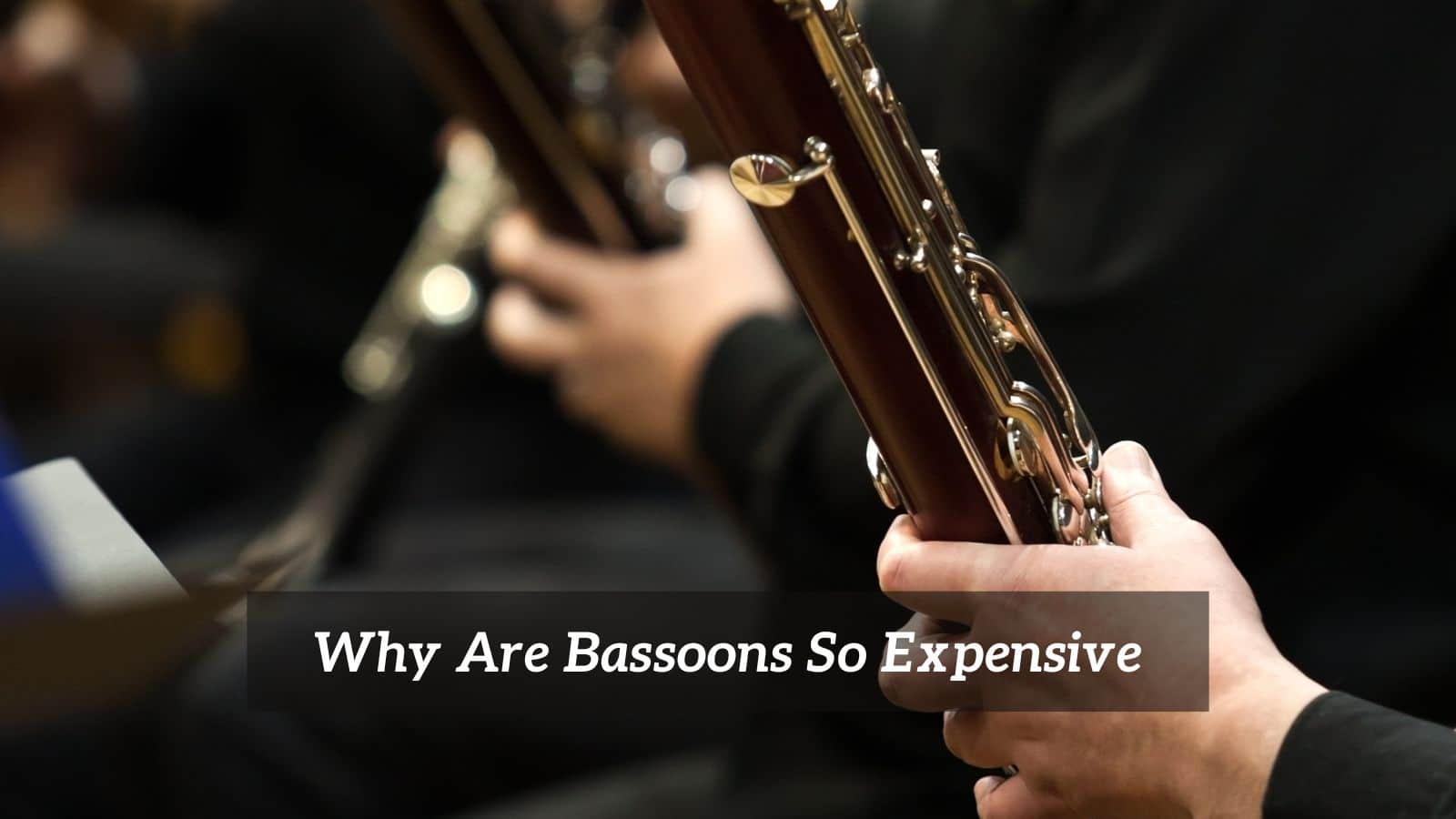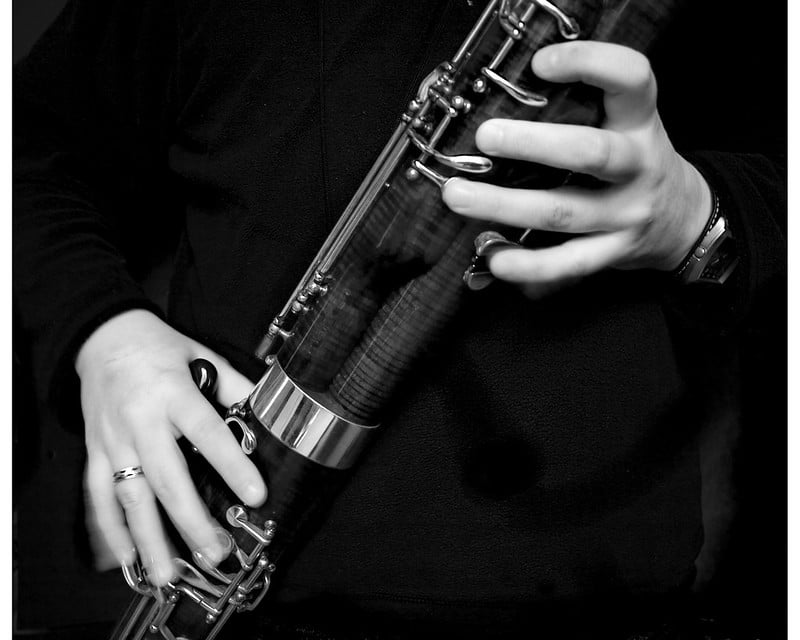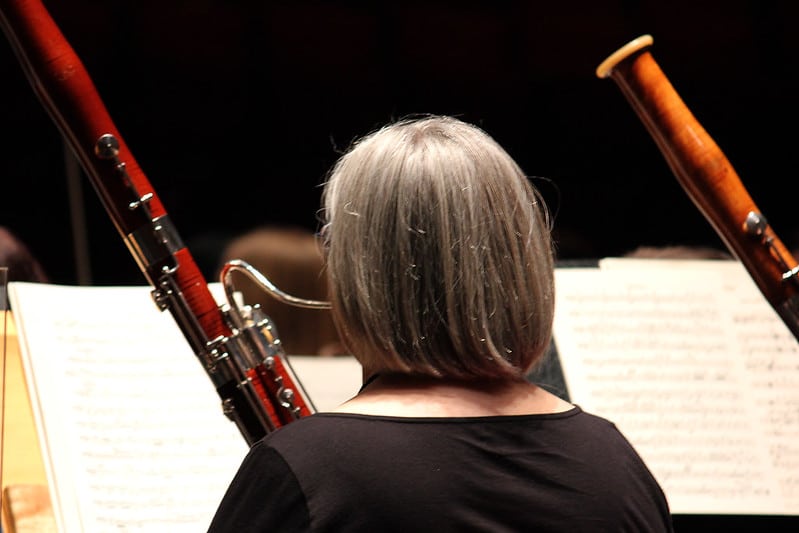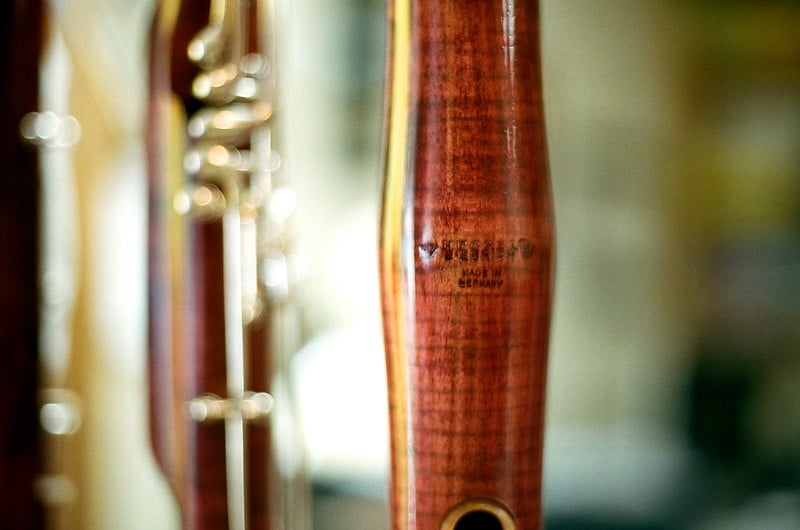
All too frequently, the purchase of a musical instrument can be a costly one. This can be particularly true if one is aspiring to an instrument that is considered to be of professional standard as opposed to a student model.
These days, however, due to significant advances in the manufacturing technology of musical instruments, even the budget end of the instrumental market can represent a good quality instrument if not a refined one.
Why Are Bassoons So Expensive?
The bassoon is an instrument that rarely pops to the top of the list of instruments that students want to learn. This I base on over three decades of working in education.
Often trying to find a single student within a school or college who plays the bassoon is like the proverbial search for a needle in a haystack.
The sad fact is that instruments such as drums, electric guitar, saxophone and voice appeal more to the emerging musicians as this is what most of them experience in the music they choose to hear.
They know these instruments, relate to them and aspire to be the performers who they hear. The bassoon is not an instrument many students will even recognise unless time has been spent in the classroom studying orchestral instruments.
As a result, bassoons are a more expensive instrument to purchase as fewer of them are made, less demand to buy them. This is only one side of the discussion but one that I feel is important to highlight.
In contrast, a beginner drum set or electric guitar can be acquired at a very attractive price when compared to a bassoon.
In fact, such is the turnaround of instruments like drums, you can easily pick up a second-hand kit free, often a result of the ardent young drummer having chosen to hang up their sticks having given up the learning challenge.
Not that any instrument is easy to play to a high standard, but the bassoon offers its unique set of challenges to the beginner.
Whilst the bassoon can be purchased in smaller sizes to accommodate the hands of younger players, these instruments are equally expensive.
Even though they do make the hand positions on the bassoon more manageable, there are further challenges to overcome for the beginner. In addition, contemporary bassoons are either the French system or the German system.
Producing the sound on a bassoon is done by blowing air through a double-reed. Like the oboe, the bassoon is called a double-reed instrument for this reason.
This means the bassoon has no mouthpiece like a clarinet, recorder or trumpet, for example, just two small reeds, bound together with which to make the sound.
It’s not easy and takes the patience and guidance of an experienced teacher to instruct and encourage beginner bassoonists.
Bassoons are readily available across the world and are certainly a feature of wind orchestras and symphony orchestras alike. There are many brands of bassoon; probably more now than at any time.
Commonly found names in the world of the bassoon are one such as Adler, Schrieber, Yamaha, Leitzinger, Fox, Allora and Moosmann. Many other manufacturers exist too including the highly reputable John Packer brand.
As an example of prices, John Packer has a second-hand bassoon made by Linton at a very competitive £895. At the other end of the range, there is the Adler 1361 coming in at £8987.00.
You can see the difference between a budget student model and the medium-range professional model.
You will understand that the better the quality of the materials used, the higher the price. Also, variations in keywork or arrangement of finger holes can come in at additional expense.
One simple fact contributes to the expense of a bassoon, and that is it is a very complicated instrument to manufacture. Unlike a flute, clarinet or oboe, the bassoon is not a single-bore instrument.
Its construction, which dates back to the early 15th Century, is complex. The bassoon we hear today contains both ascending and descending conical bores within a single piece of hardwood.
Traditionally, this would be a material such as pear or maple wood. These woods are expensive but significantly change the tone of the instrument.
Even though the average height of a bassoon is 1.35m, the actual playing length is closer to 2.5m due to the shape and length of the bore. Without this length, the instrument would have completely different tonal qualities and ranges.
As the bassoon has evolved, alongside all orchestral instruments, the keywork has become increasingly sophisticated. If you track back to the early examples of bassoons their keywork was far less elaborate.
What this meant in practical terms is that players had to use intricate fork fingerings to create notes that did not fall under the usual pitches played by the instrument.
The developments and demands made by composers have led the bassoon to where it is today. This means players have the full range of chromatic notes available but the downside is this has a cost implication as manufacturing this keywork comes at a cost.
Equally, fitting the key system to the contemporary bassoons is a skill requiring extensive training and high levels of craftsmanship.
A bassoon, when compared to the other members of the orchestral woodwind family, is a sophisticated and complex piece of musical equipment. It is one of the largest woodwind instruments that require highly specialized knowledge to create.
Cutting the tone holes to just the right depth and angle, drilling the perfect conical boreholes, and using the latest metallurgy to form the keywork, springs and crook so that the player can perform the way they intend. None of these elements comes without cost, training and dedication.
According to some forums, one of the top-price bassoons is a new Heckel that can cost as much as $50,000.
When compared to even a hand-made clarinet this is quite a big price tag. This is of course the top of the professional range of bassoons but does represent one of the largest prices for a woodwind instrument.
If, however, you’re a string player, you could be looking at millions for a top-class violin or cello, so perhaps the humble bassoon isn’t so expensive.




A top class violin by a contemporary maker may be had for as little as $30K. One needn’t spend more than $100K unless the status of performing on a famous instrument is needed.